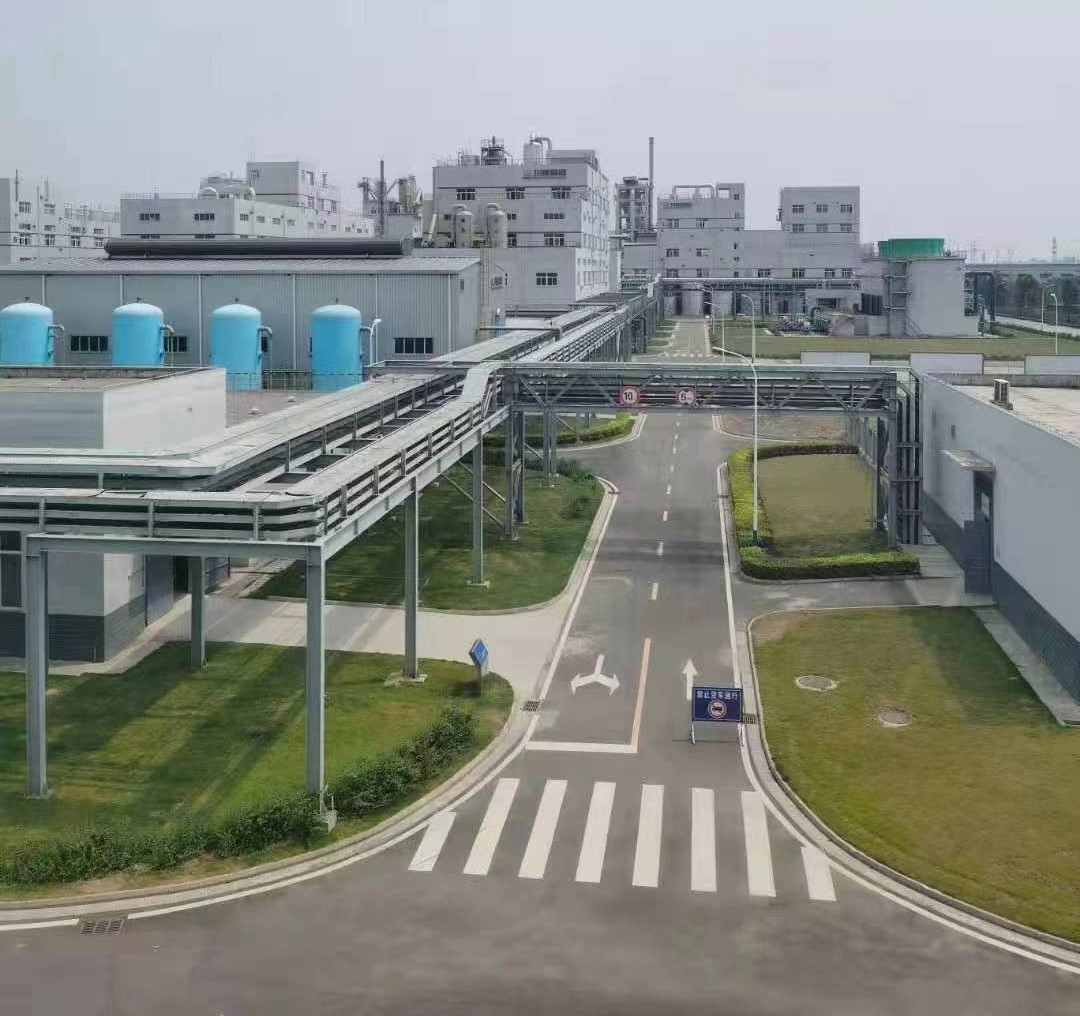Why is lithium extraction from lithium porcelain stone not used on a large scale?
Jul,07,25
1. What is porcelain stone ore? Unlike spodumene and lepidolite, porcelain stone ore is not a single mineral, but a collection of multiple minerals. It is mainly composed of quartz, feldspar (potassium feldspar, sodium feldspar) and a small amount of clay minerals, and has a loose structure. The main components are silicon dioxide, aluminum oxide, potassium oxide, sodium oxide, etc.
The lithium in porcelain stone ore mainly exists in the form of aluminum silicate minerals such as lithium mica (LiAl₁.₅(Al,Si)₁.₅O₅(OH,F)) and lithium feldspar (such as petalite LiAlSi₄O₁₀), usually with a lithium oxide content of 0.3%~1.5%, which is a low-grade lithium-containing mineral, mostly white, grayish white or light gray in color.
2. Main uses of porcelain stone ore The feldspar rich in porcelain stone ore can melt at high temperature to form a glass phase, reduce the sintering temperature of the ceramic body, promote the densification of the body, and reduce energy consumption. Silicon dioxide increases the hardness and wear resistance of ceramics. Clay minerals can enhance the plasticity and forming properties of blanks. However, in recent years, with the explosive growth of new energy industries, lithium prices have risen sharply. Some areas rich in porcelain stone ores have begun to try to extract lithium from porcelain stone ores as a potential source of lithium resources, but the current utilization rate is not high.
3. Difficulties in extracting lithium from porcelain stone ores
Low recovery rate of porcelain stone ores Lithium in porcelain stone ores is mainly present in the form of aluminum silicate minerals (lepidolite and petalite). Mica is a layered silicate, which is composed of alternating stacks of silicon-oxygen tetrahedral sheets and aluminum/magnesium-oxygen octahedral sheets (2:1 structure), and interlayer cations significantly affect floatability.
Due to the complex distribution of ore, the crystal particles of lithium mica are small (<200 mesh), and the efficiency of mineral processing and enrichment is low. And because porcelain stone ores are rich in silicon dioxide, heterogeneous agglomeration is easily formed during flotation, further reducing the recovery rate of mineral processing.
Roasting cannot be modified, resulting in increased sulfuric acid consumption
To extract lithium from porcelain stone ore, it is necessary to first enrich lithium mica by flotation (the concentrate grade is only 2%~3%), and then apply the lithium mica extraction process. The production process requires roasting, acid leaching, purification and other links. The roasting modification of spodumene (α→β phase change) can greatly improve the efficiency of acid leaching, while porcelain stone ore cannot change the silica-alumina mineral structure by roasting, and more sulfuric acid is consumed during acid leaching (30%~50% higher than spodumene).
Complex mineral composition and serious impurity interference. Since porcelain stone ore is mainly composed of quartz (SiO₂ accounts for 60%~75%), feldspar, and clay minerals, high silicon content is easy to generate silica gel during acid leaching, resulting in increased viscosity of the leachate and difficulty in filtration, requiring additional investment in acid-resistant equipment (such as titanium materials), while the mineral composition of spodumene and lithium mica is more single, and impurity interference is significantly reduced during lithium extraction.
Low concentration of leachate makes purification difficult. In contrast, the lithium concentration of porcelain stone ore is often lower than 1g/L (the lithium ion concentration in spodumene leachate is 5-10g/L), and it is accompanied by a large amount of impurity ions such as aluminum, iron, magnesium, potassium, and sodium, resulting in extremely low efficiency of the traditional precipitation method: low concentration of lithium ions is difficult to form effective precipitation, and impurity ions will compete with lithium ions for precipitation agents, resulting in serious lack of purity of the precipitation product.
Small market scale and lack of special equipment. After decades of iteration, the lithium extraction technology of spodumene and lithium mica has formed a complete equipment supply chain (such as roasting kilns and extraction tanks), while the lithium extraction of porcelain stone ore lacks special equipment and requires the transformation of ceramic production lines. Due to the lack of special equipment, the efficiency is low.
4.Conclusion
The extraction of lithium from porcelain stone ore is technically feasible, but its industrialization is still subject to its own characteristics and the above-mentioned difficulties, resulting in the need to break through multiple bottlenecks such as mineral selection, efficient leaching and impurity removal in the lithium extraction process. The core reason why lithium extraction from porcelain stone ore has not yet been applied on a large scale is that it is expected to be difficult to break through the dominant position of spodumene and lithium mica in the short term.






